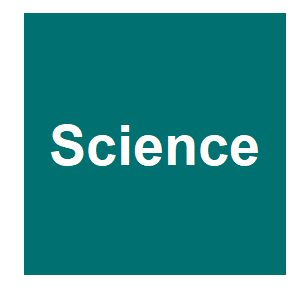A Golden Menace

|
S. Moutinho,
Science,
2021.

n even bigger catastrophe looms: the invasion of the Amazon and its tributaries, part of the largest drainage basin in South America, which spans eight countries and is one of the richest hot spots for biodiversity on the planet. Golden mussels have been documented in the Pantanal wetlands just 150 kilometers from the Téles Pires River, which flows into the Amazon basin and connects to the Tapajós River, a tributary of the Amazon.“It only takes one boat encrusted with the mussel to cross the wetlands for the invader to make a new home in an Amazon river,” says biologist Marcia Divina at the state-owned Brazilian Agricultural Research Corporation. If the invader spreads in the Amazon, it could wipe out native species that scientists have not even studied yet, she adds. “We can’t even calculate the size of the impact.”Despite a late and anemic government response, researchers funded largely by affected hydroelectric companies have developed new tools to track the mussels’ relentless advance. And some are looking to an aggressive form of genetic engineering to eradicate it. That untested strategy is still likely years from being ready to deploy, but scientists see few other ways to slow an invader so easily spread by human transit and trade. More related to this: To reduce the global burden of human schistosomiasis, use ‘old fashioned’ snail control Gene drives for schistosomiasis transmission control |



